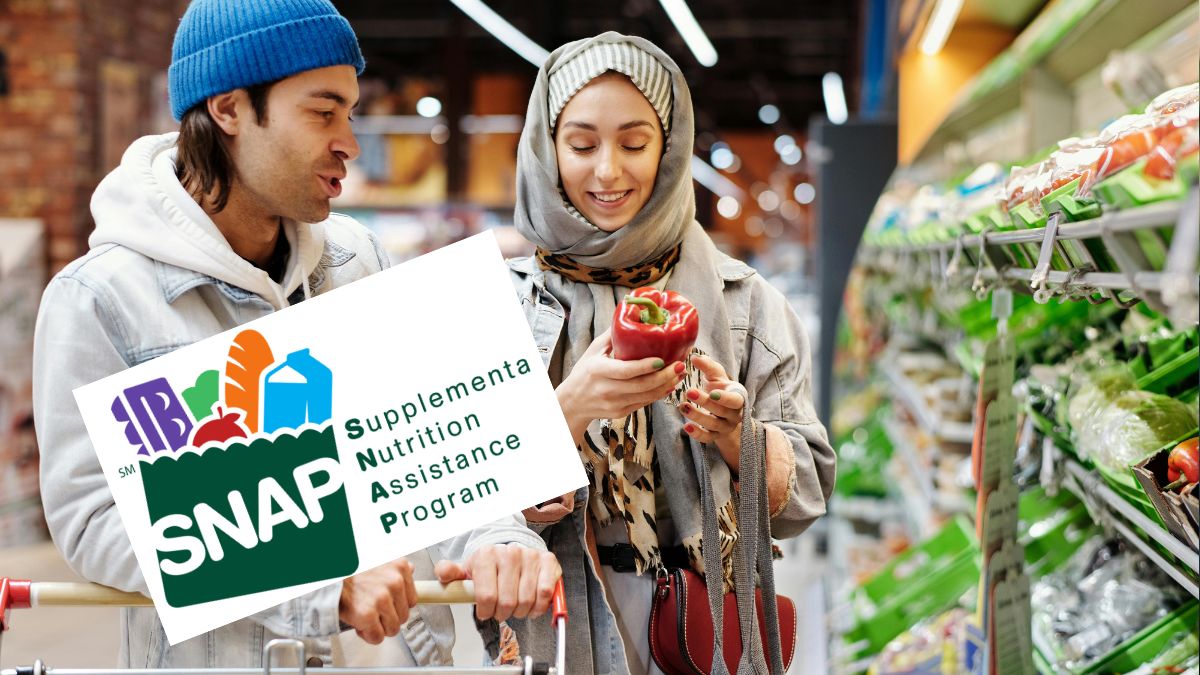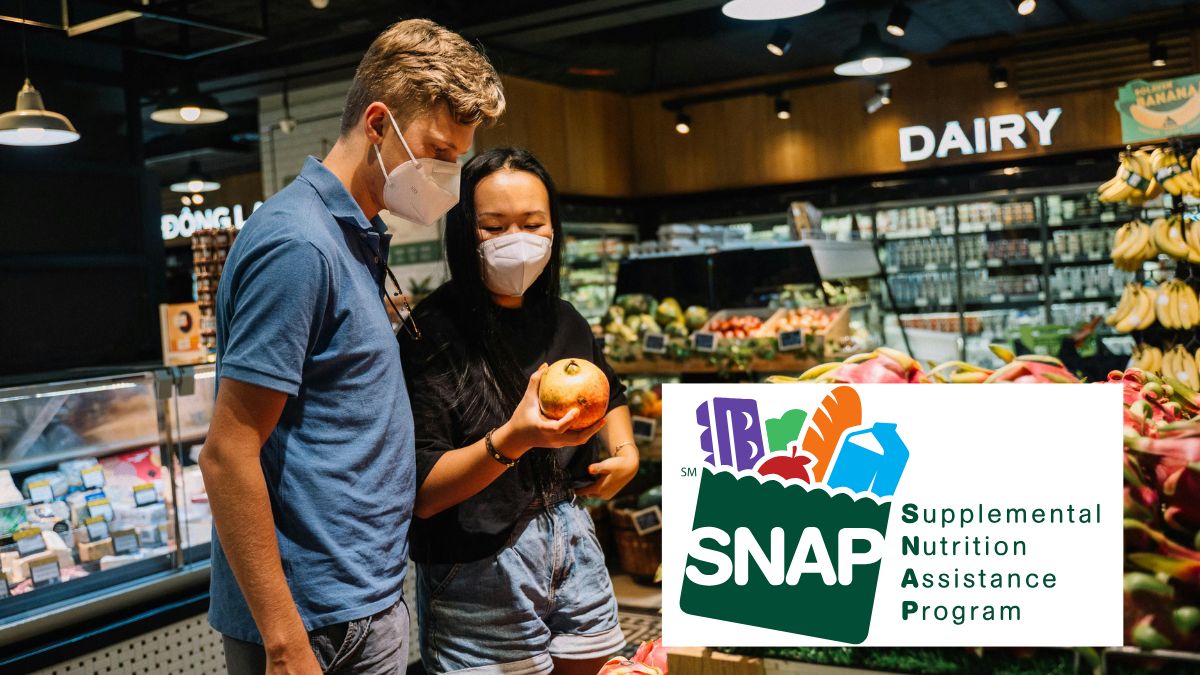The United States Department of Agriculture oversees the Supplemental Nutrition Assistance Program (SNAP), which provides millions of low-income American households with the resources to purchase healthy food. Benefits are distributed through an Electronic Benefits Transfer (EBT) card, similar to a debit card, that can be used at authorized retailers. Benefits are loaded onto the card monthly and are exclusively for the purchase of nutritious food items. The standard benefit for November 2024 is budgeted at $535.
However, for a family of four, the monthly SNAP payment can reach up to $1,258. In Alaska, there is a significant disparity. While urban residents receive the same benefits as the rest of the nation, rural families can receive between $1,604 and $1,953 per month, depending on whether they reside in a rural 1 or rural 2 area, respectively.
For larger households of seven or eight members located in rural areas, the allocation ranges from $3,076 to $3,516, respectively. This is compared to the national average of $1,982 to $2,265 for households of this size.

How much is the additional SNAP payment?
The extra amount provided for each additional household member beyond the standard allotment varies. In urban areas of Alaska, the payment for an extra member is $283, compared to $220 in other states. In rural areas, the amount is $361 for rural 1 and $440 for rural 2.
Finally, the minimum SNAP benefit for a household of one or two people in the rest of the country is calculated at $23, while in Alaska it is $30 for urban areas, $39 for rural 1, and $47 for rural 2.








